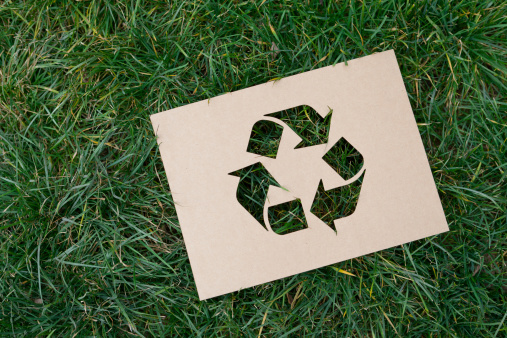One of the biggest issues currently facing the pallet manufacturing industry is the controversy over the ISPM15 recycling regulations. The National Wooden Pallet and Container Association (NWPCA) is working diligently with the American Lumber Standard (ALS) to reach a mutually beneficial agreement that will benefit the industry as a whole. As part of this effort, the NWPCA is facilitating pallet plant tours with officials of affected parties to illustrate the issues the pallet industry has with the current interpretation of the ALS standard.
What is ISMP15? The International Standard for Phytosanitary Measures (ISPM), publication number 15, is the regulation of wood packaging material for international trade. This program prevents the worldwide spread of plant, pests and diseases on an international scale by regulating the trade of wood packaging material. An example of the type of spread of pests ISPM15 works to eliminate can be seen in spread of The Emerald Ash Beetle (EAB) which originated in an area of China or Eastern Asia and has spread to The United States causing the decline of tens of millions of ash trees. ISPM15 works to regulate this type of spread across borders to eliminate the devastating effects on the environment.
Does the American Government regulate ISPM15?
Yes, the ISPM15 is regulated under The International Plant Protection Convention (IPPC), which is a part of the United Nations Food & Agriculture Organisation (FAO) that controls the regulations through the cooperation of member governments of the UN. The United States Department of Agriculture Animal and Plant Health Inspection Service (APHIS) oversees the international standard. On a domestic level, The American Lumber Standard (ALS) enforces the regulation of ISPM15 through the use of third party inspection agencies. These companies, such as Timber Products Inspection Company, are then appointed to monitor pallet manufacturing companies.
What’s the issue?
Following ISPM15 is that following the regulation can be a costly procedure for pallet manufacturing companies. The ALS imposes that recyclers must obliterate all marks on their pallets before once again entering the market. In other words, if a pallet will be resold domestically as a recycled pallet, any existing stamps “should” be obliterated. Unfortunately, not all manufacturers comply with the regulation thus putting compliant manufacturers at a further disadvantage. False stamping and failing to comply creates a disadvantage for pallet manufacturers, their clients and the industry as a whole.
How can a consumer ensure that they are buying regulation compliant pallets? Customers can detect falsely certified pallets by inspecting the stamp on their pallet. ISPM15 requires pallets to have marks obliterated and to be properly re-stamped before sale. The stamp should be uniform and should have the manufacturer’s regulatory number clearly visible. If the pallet seems to have several different stamps or numbers on it this is a good indication that the company may not be complying with the program.
